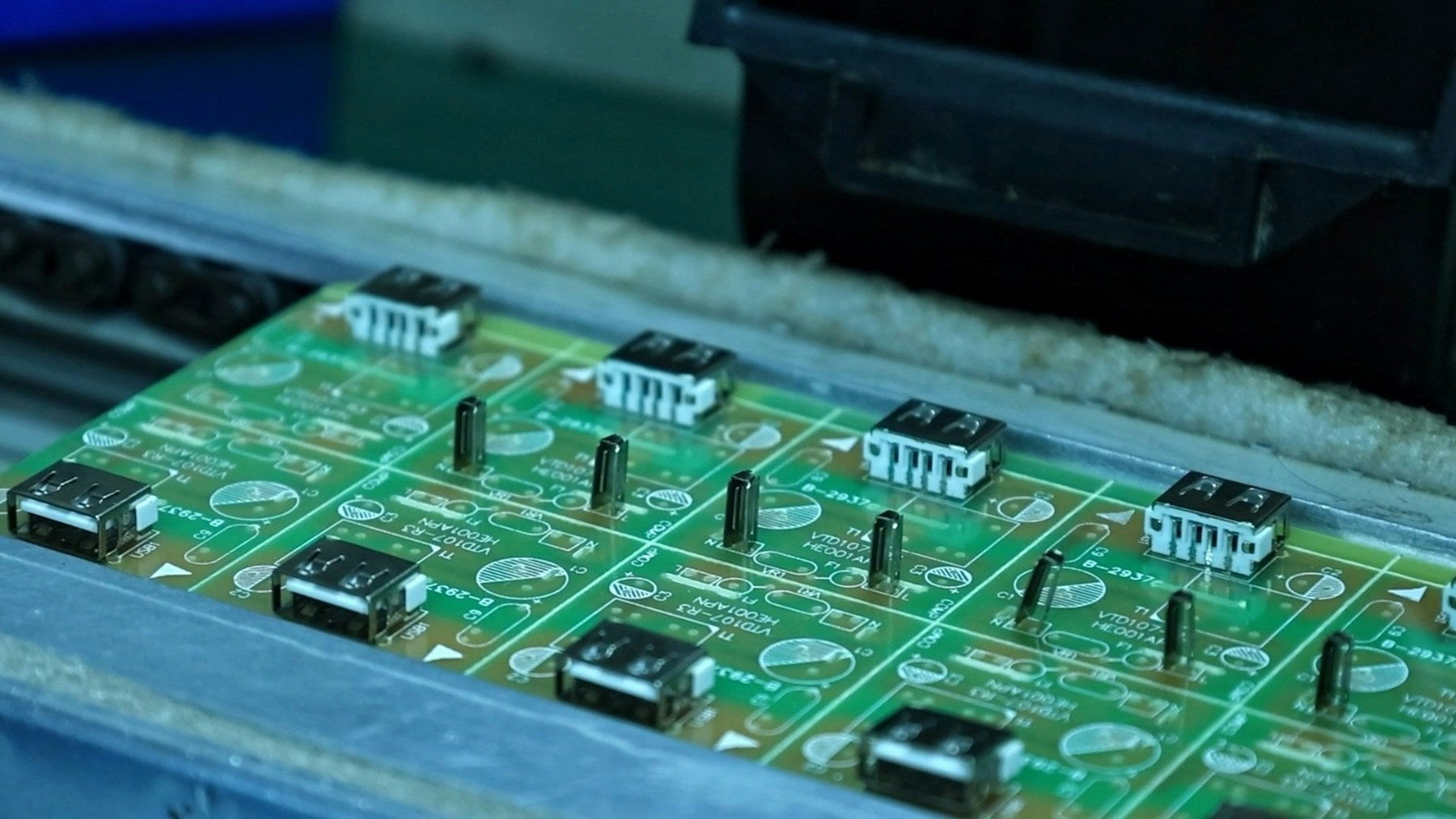
High-Purity Fluid Systems: Why Fluoropolymer Tubing is Critical for Cleanroom and Semiconductor Applications
In industries such as semiconductor manufacturing, pharmaceutical production, and biotechnology, maintaining the highest levels of cleanliness and purity in fluid transport systems is essential. Even trace levels of contamination can lead to costly downtime, defective products, or regulatory compliance issues. This is where high-purity fluid systemsplay a critical role.

What Are High-Purity Fluid Systems?
High-purity fluid systems are engineered piping, tubing, and component networks designed to transport liquids and gases without introducing contaminants. They typically involve:
-
High-purity tubing (PTFE, PFA, FEP) with ultra-smooth internal surfaces to prevent particle adherence.
-
Leak-free connections using high-purity fittings and welds.
-
Cleanroom assembly and packaging to preserve cleanliness during installation.
Why Purity Matters
In semiconductor fabs, particles or ionic contaminants in process chemicals can cause defects on wafers at nanometer scales, reducing yields and impacting profitability. Similarly, in pharmaceutical manufacturing, contamination in fluid lines can compromise drug purity and patient safety.
By utilizing high-purity fluoropolymer tubing, facilities can maintain the chemical compatibility and cleanliness required for critical fluids like:
-
Ultrapure water (UPW)
-
Acids and solvents
-
Specialty gases
-
Biopharmaceutical media
Key Characteristics of High-Purity Tubing
For high-purity applications, tubing should exhibit:
-
Ultra-low extractables to prevent leaching into the transported media.
-
High chemical resistance to handle aggressive acids and solvents.
-
Smooth surface finish (low surface roughness Ra values) to minimize particle entrapment.
-
Temperature stability to withstand thermal cycling during processes or cleaning.
PTFE, PFA, and FEP tubing are widely used due to their inertness and stability, with PFA often favored for semiconductor applications requiring high purity and transparency for flow visualization.
Design Considerations for High-Purity Systems
When designing high-purity fluid systems, engineers should:
-
Minimize dead legs and crevices in tubing runs to avoid particle buildup.
-
Use compatible fittings and welds that maintain purity levels.
-
Ensure proper slope and drainage for clean-in-place (CIP) or purge procedures.
-
Select validated, high-purity tubing from suppliers with robust quality control.
Trends: Increasing Demands for Purity
As semiconductor nodes shrink and biologics manufacturing expands, the industry’s demand for higher levels of fluid purity continues to increase. This has led to:
-
Tighter specifications for allowable particle counts.
-
Increased interest in single-use systems in biopharma to reduce cross-contamination.
-
Adoption of pre-cleaned, bagged, and tagged tubing for ease of validation and installation.
